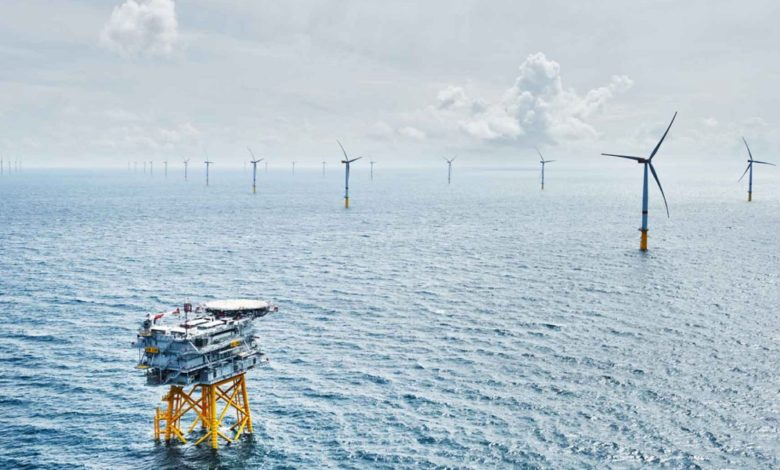Offshore wind growth to spark race for ocean space the size of Italy

Growth in offshore wind power will be a key driving force behind a nine-fold increase in demand for ocean space by the middle of the century, according to DNV’s Ocean’s Future to 2050 report.
The report showed that by mid-century, offshore wind will require ocean space equivalent to the landmass of Italy. The growth will be particularly pronounced in regions with long coastlines and presently have low penetration of offshore wind. Demand for ocean space is set to grow fifty-fold in the Indian Subcontinent and thirty-fold in North America and the Middle East. In all other regions, the demand for marine space should grow between five-and eight-fold.
Specifically, DNV forecasted that in 2050, 368,000 sq km of ocean surface will be occupied by infrastructure for the production of energy and food, compared to about 40,000 sq km in 2018. This increase in demand for ocean space hints at the tremendous challenge for marine spatial planning in some parts of the world.
A significant increase in installed offshore wind capacity by 2050 will require more than 300,000 sq km of ocean space (Italy 301,340 sq km). Fixed offshore wind will take up 85% of this area while floating wind farms will take up an area of around 45,000 sq km in 2050. According to DNV, in mid-century, offshore wind farms will require an area 30% larger than the area taken up by concessions for offshore oil and gas globally.
The oil and gas sector currently occupies the greatest area of the ocean compared to other types of ocean energy production. Offshore oil and gas installations occupy 7,000 sq km of ocean space today, and concessions cover almost 50 times as much. Their trajectories are similar, with a peak in the early 2030s and area usage returning to 1990 levels by 2050.

